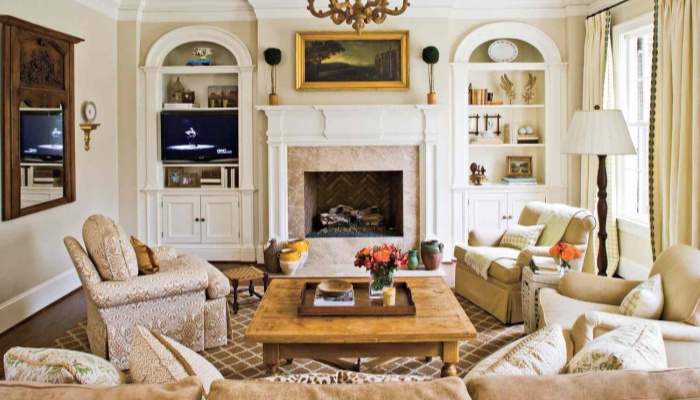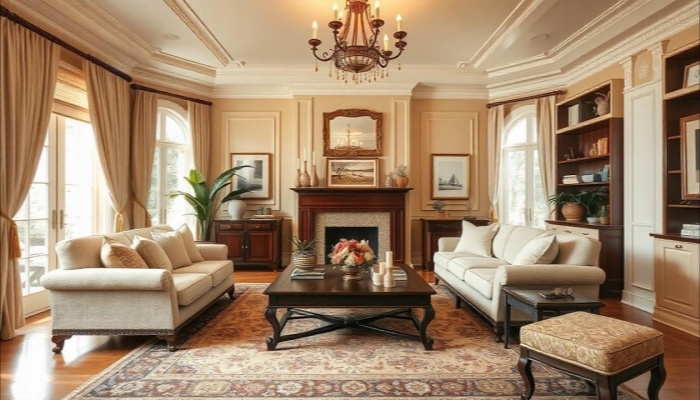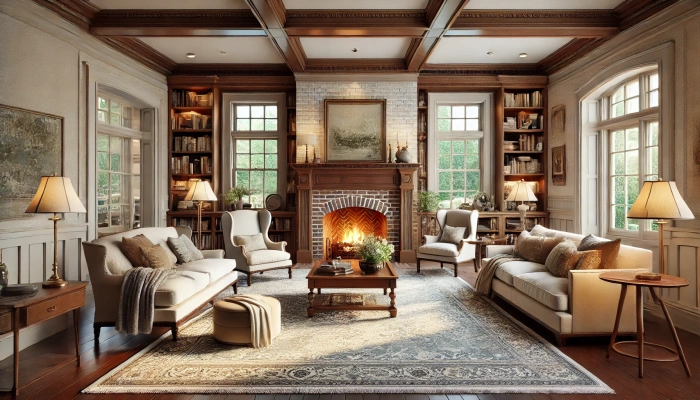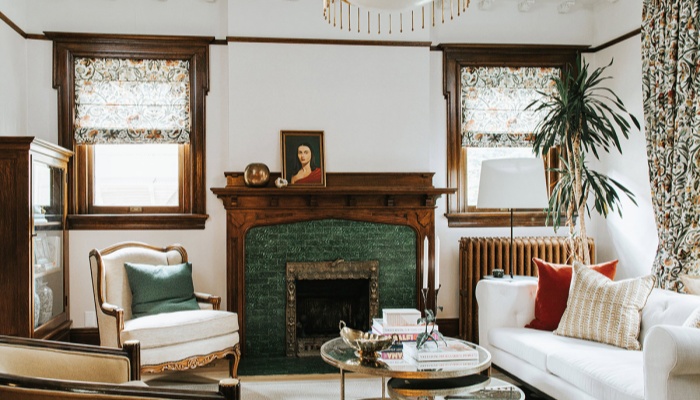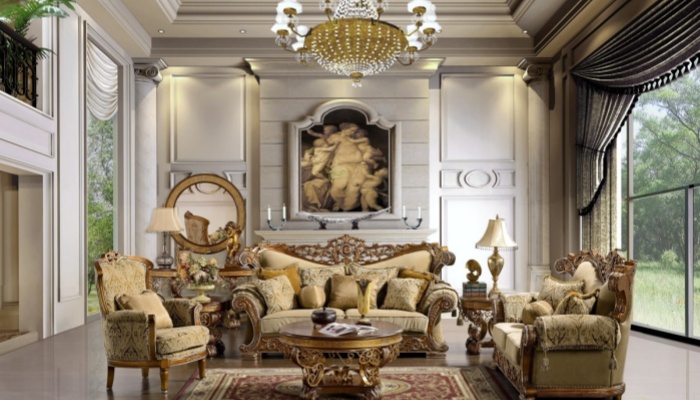When planning a renovation, it is essential to consider the overall layout of the home. Traditional designs often prioritize symmetry and balance, so homeowners should aim to create a harmonious flow between rooms. This can be achieved by aligning furniture, windows, and architectural features in a way that promotes visual balance. Homeowners might consider creating focal points in each room, such as a fireplace or a beautifully designed piece of furniture, to draw the eye and enhance the overall aesthetic.
Selecting the right materials is crucial when incorporating traditional design elements. Natural materials, such as hardwood, stone, and brick, are staples of traditional homes. Homeowners should prioritize quality materials that not only enhance the aesthetic but also provide durability.
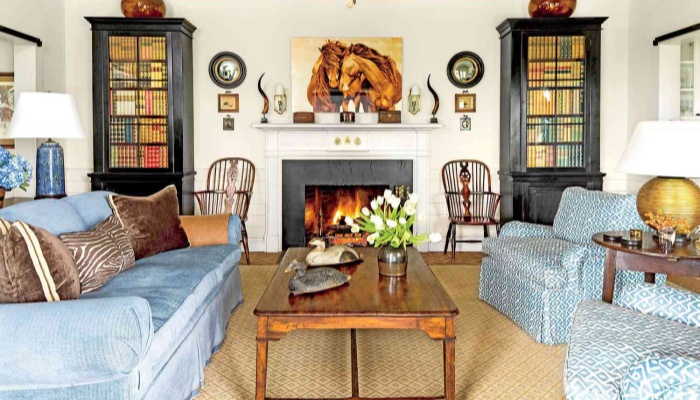
For instance, hardwood flooring in rich tones can add warmth and character to any space. Additionally, homeowners should consider using traditional finishes, such as oil-based paints and natural stains, to maintain authenticity.
Color selection is another important aspect of traditional design. Homeowners should opt for muted, earthy tones that create a calming atmosphere. Shades of beige, cream, and soft greens are often favored in traditional homes. Accent colors can be introduced through furnishings or decor items, but the overall palette should remain cohesive and understated. This approach allows homeowners to create a timeless backdrop that can easily adapt to changing trends.
Architectural details are essential in achieving a traditional look.
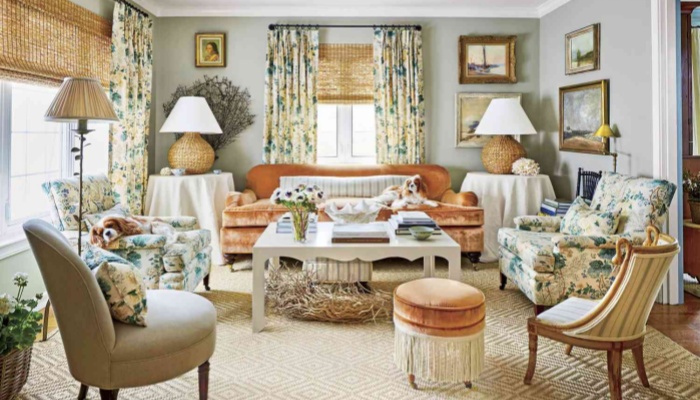
Homeowners should consider incorporating features such as crown molding, wainscoting, and chair rails to add depth and elegance to their spaces. These details can be sourced from local suppliers or custom-made to fit the specific design of the home. Paying attention to scale and proportion is vital to ensure these elements fit seamlessly within the space.
Furniture selection plays a significant role in traditional design. Homeowners should focus on quality pieces that reflect classic styles, such as Chippendale or Queen Anne. Upholstered furniture in rich fabrics, such as velvet or damask, adds a touch of luxury and comfort. Mixing and matching different styles can create an eclectic yet cohesive look, allowing homeowners to express their individuality while maintaining a traditional aesthetic.
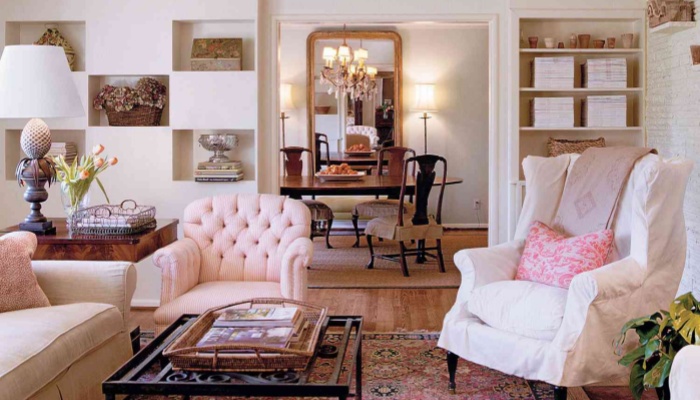
Lighting is another crucial element to consider. Homeowners should opt for classic fixtures, such as chandeliers and sconces, that complement the overall design. Warm, soft lighting creates an inviting atmosphere that enhances the traditional aesthetic. Layering different light sources, such as table lamps and floor lamps, can provide both functionality and ambiance.
Finally, landscaping should not be overlooked in traditional home renovations. Well-maintained gardens and outdoor spaces can enhance the curb appeal of a home.
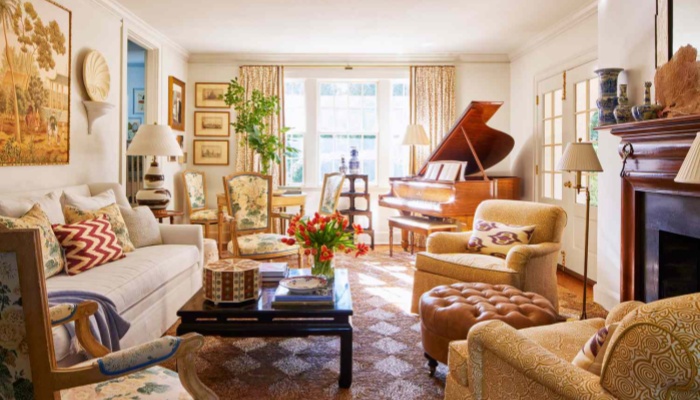
Traditional landscaping often features symmetrical designs and carefully placed plants that echo the architectural elements of the house. Homeowners should aim for a cohesive look that ties the exterior and interior together, creating a harmonious overall design.
In summary, successfully incorporating traditional design in home renovation involves thorough research, thoughtful planning, quality material selection, cohesive color palettes, architectural details, quality furniture, appropriate lighting, and attention to landscaping. By focusing on these elements, homeowners can create spaces that exude timeless elegance and charm.

